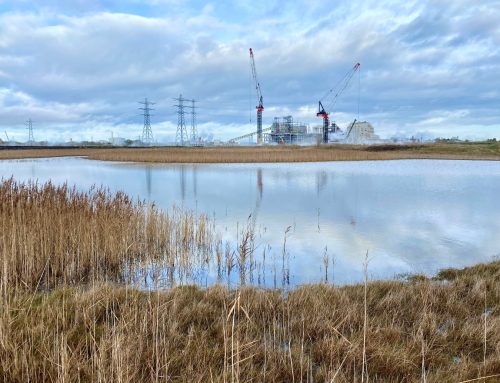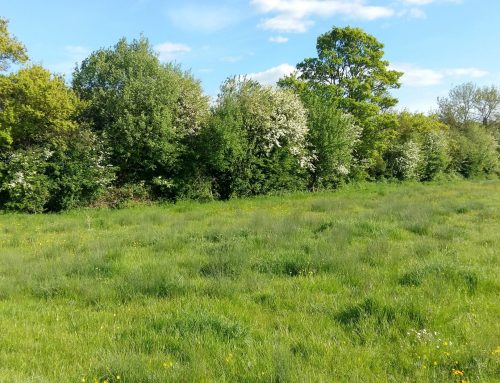The proposed Housing and Planning Bill 2015-2016 could lead to automatic planning permission on land of high ecological value, but consideration of ecology shouldn’t be overlooked.
In October 2015, the Housing and Planning Bill was introduced to the House of Commons, and was ascended to Reporting on 10th December 2015 (with amendments). The Bill, which primarily applies to England, provides a series of reforms for the planning system for housing, estate agents, rentcharges, planning and compulsory purchases. It is intended that the Bill will remove unnecessary obstacles during the planning process which can restrict the development of new homes. One of the aims of the Bill is to prioritise brownfield land, by “bringing it back into use, so more countryside can be safeguarded”.
The Bill could allow ‘automatic’ permission to certain small scale housing developments (e.g. involving fewer than 10 units) through Local Development Orders (LDOs), which will simplify and promote development on these brownfield sites. Brownfield land is defined in Annex 2 of the National Planning Policy Framework (NPPF) and is defined as land which has been previously developed for industrial purposes such as buildings, mineral extraction, waste disposal and other urban developments. In theory, development on previously developed land compared to greenbelt would be less detrimental to the environment as it is more likely to be in an urban environment, to have utilities and transport links already established and be located away from statutory designated sites; however this is not always the case.
Brownfield sites can support features of high ecological interest and some can even become designated as SSSI’s or local wildlife sites. They often support habitats and species of nature conservation value compared to intensively managed agricultural land, largely due to their undisturbed and unmanaged nature.
Regardless of the Bill, development on brownfield sites is obliged to comply with the NPPF core principles, which includes as Paragraph 17: encourage the effective use of land by reusing land that has been previously developed (brownfield land), provided that it is not of high environmental value”.
It is not clear how LDOs will consider ecology within the proposed plans, but the onerous on the developer will still be required to establish environmental value through appropriate ecological assessments in line with the NPPF and also to comply with national (e.g. Wildlife and Countryside Act, 1981) and international legislation (e.g. Conservation of Habitats and Species Regulations 2012), although requirements of survey effort will largely depend on scale and location of development.
The Bill has now passed to Reporting which will incorporate any changes and amendments identified during the initial readings. If accepted on its 3rd reading, it will then pass to the House of Lords for further discussion and examination.
For further information on how ecology could affect new developments under the Housing and Planning Bill 2015-2016 please contact Howard Fearn here.






Leave A Comment